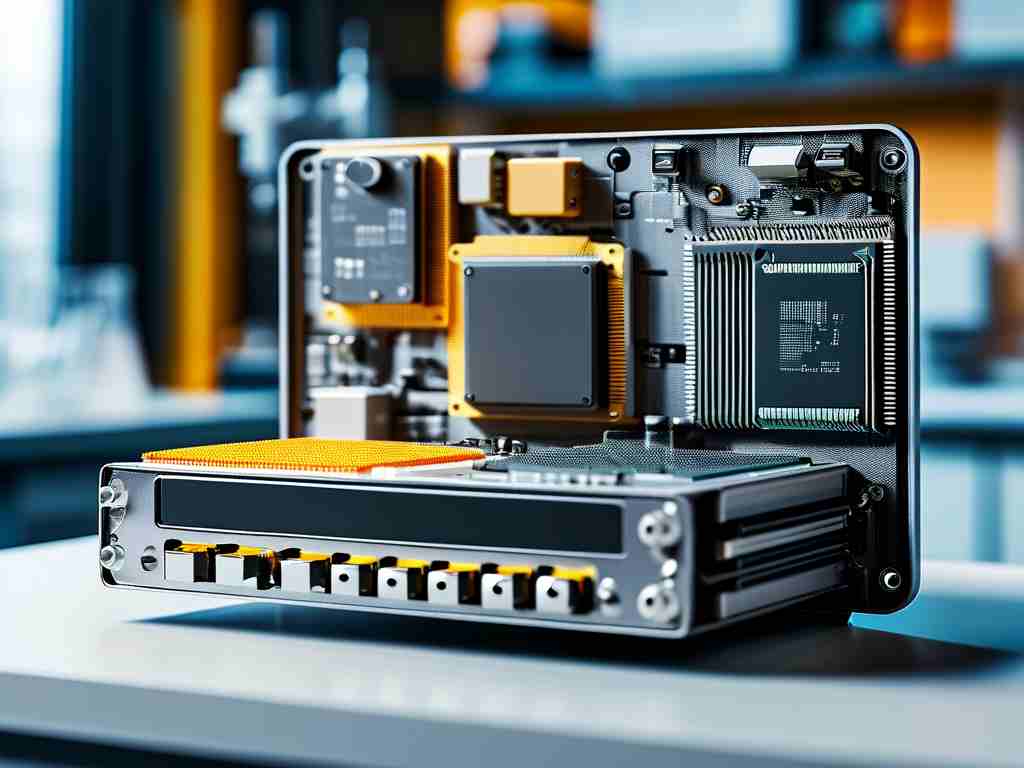In the rapidly evolving landscape of embedded systems, single-board computers (SBCs) have emerged as game-changers for developers seeking compact yet powerful solutions. These palm-sized devices combine processing power with versatile I/O capabilities, enabling professionals to build sophisticated applications ranging from industrial automation to smart home ecosystems.

Hardware Selection Fundamentals
Choosing the right SBC forms the cornerstone of successful embedded development. While Raspberry Pi dominates consumer markets, industrial-grade alternatives like BeagleBone Black and NVIDIA Jetson Nano offer enhanced durability and specialized processing capabilities. For mission-critical applications, consider factors such as operating temperature ranges (-40°C to +85°C for automotive systems) and certification compliance (ISO 7637-2 for electromagnetic compatibility).
Experienced developers often prioritize expansion interfaces when selecting boards. The Raspberry Pi Compute Module 4, for instance, provides PCIe support for high-speed peripherals, while Odyssey X86J4105 stands out with native SATA connectivity for storage-intensive applications.
Development Environment Optimization
Modern SBC development demands a hybrid approach combining cross-compilation and native debugging. Establish a robust toolchain using:
sudo apt-get install gcc-arm-linux-gnueabihf build-essential
For real-time performance monitoring, integrate Perf tools with custom kernel modules:
#include <linux/perf_event.h>
...
struct perf_event_attr pea = {
.type = PERF_TYPE_HARDWARE,
.config = PERF_COUNT_HW_CPU_CYCLES,
};
Power Management Techniques
Effective energy optimization separates prototype projects from production-ready solutions. Implement dynamic voltage and frequency scaling (DVFS) through sysfs interfaces:
with open('/sys/devices/system/cpu/cpu0/cpufreq/scaling_governor', 'w') as f:
f.write('powersave')
For battery-powered deployments, consider hardware-assisted sleep modes. The STM32MP157C-DK2 demonstrates exceptional low-power performance, drawing merely 2.3μA in standby mode while maintaining RTC functionality.
Edge Computing Integration
Modern embedded systems increasingly require AI capabilities at the network edge. Leverage frameworks like TensorFlow Lite for object detection on resource-constrained devices:
interpreter = tf.lite.Interpreter(model_path='mobilenet_v2.tflite') interpreter.allocate_tensors() input_details = interpreter.get_input_details()
Combine this with MQTT protocols for efficient data transmission:
mosquitto_publish(mosq, NULL, "sensors/temperature", payloadlen, payload, 0, false);
Security Implementation
As connected devices proliferate, robust security measures become non-negotiable. Implement secure boot sequences using Trusted Platform Modules (TPMs) and encrypt sensitive data partitions with LUKS:
cryptsetup luksFormat /dev/mmcblk0p2
Regularly update Over-the-Air (OTA) firmware using SWUpdate frameworks with signed packages:
swupdate -i firmware.swu -v -k public.pem
Real-World Deployment Challenges
Field deployments demand rigorous environmental testing. Conduct 72-hour burn-in tests under maximum load and implement watchdog timers to recover from system hangs:
wdt_fd = open("/dev/watchdog", O_WRONLY);
ioctl(wdt_fd, WDIOC_SETTIMEOUT, &timeout);
For industrial applications, ensure compliance with IEC 61131-3 standards for programmable controllers and implement redundant storage on mirrored SD cards.
The future of single-board embedded development points toward heterogeneous computing architectures. Emerging solutions like Xilinx Kria KV260 combine FPGA programmability with ARM cores, enabling hardware-accelerated machine learning while maintaining software flexibility.
By mastering these advanced techniques and maintaining awareness of evolving hardware capabilities, developers can create embedded systems that push the boundaries of what's possible with single-board solutions. The key lies in balancing computational power with energy efficiency, security with accessibility, and innovation with reliability.









